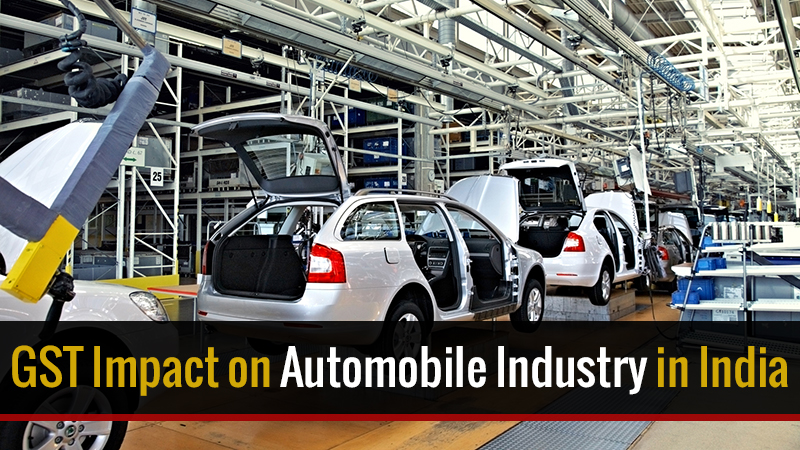
The automobile industry is coping up with the GST regime as the government is very cautious, particularly for this sector. The industry of automobiles is tremendously big which tackles the manufacturing of a very large chunk of cars and bikes every year. The population across the nation is also a major factor in this turbulence as it constantly seeks for dynamic technology and newer models.
The GST subsumes almost all the taxes under its ambit like excise, VAT, sales tax, road tax, motor vehicle tax, and registration duty which will further benefit the procedural ways of the automobile industry.
The GST or Goods and Services Tax Bill was introduced to create a uniform tax structure throughout the country. It replaced several cascading taxes levied by the state and central governments. Here we will talk about the GST rate applicable to cars in India, so before making a move just take a ride of this article. The applicable GST rate on a car’s price is determined based on its classification and its fuel type
Latest Update in Automobile Sector Under GST
- 55th GST Council Meeting
- In the GST council meeting, the GST rate was increased from 12% to 18% on the sale of used vehicles, including EVs. View more
- GST-exempt contributions made by general insurance companies from third-party motor vehicle premiums collected for the Motor Vehicle Accident Fund, established U/S 164B. View more
- 54th GST Council Meeting – A GST rate on classifiable car seats and bike seats is to be increased from 18% to 28%.
- The Indian government is more inclined to promote low or no-pollution vehicles. Hence, the government is devising new ways to encourage people to buy such vehicles. According to sources, a government committee has proposed reducing the Goods and Services Tax (GST) on flex-fuel vehicles from 28 to 5 per cent.
- In the 48th GST meeting, the SUV with a capacity 1500cc engine, length exceeding 4000mm and 170mm or above a ground clearance is applicable 22% compensation cess. Read Press Release
- The CEO of BMW Group India, Vikram Pawah, said that govt should remove the GST cess on luxury cars. This year’s first eight months have been strong for the luxury car segment in India, with SUVs dominating. A recent interview conducted by ETAuto’s Editor Nabeel A Khan revealed that the Indian luxury car market could support 1.5 lakh units if the government supports equal taxation and fiscal policy.
- Authority for Advance Ruling (AAR) order upheld by the Andhra Pradesh Bench of the Appellate Authority for Advance Ruling (AAAR) members Suresh Kishnani and Ravi Shankar Narayan, by the Andhra Pradesh State Road Transport Corporation (APSRTC) to holding that the lease of buses to the Public Transport Department (PTD) of the Government of Andhra Pradesh was exempt from GST. Read PDF
- Maharashtra GST AAR has ordered related to an agreement between MH Ecolife E-Mobility Pvt. Ltd. and Navi Mumbai Transport Undertaking (NMMT). The AAR said that GST ITC is available on 12% GST paid on maintaining and other air-conditioned electronic buses. Read Order
- Tamil Nadu AAR issued the order for New Pandian Travels Private Limited related. The order said that no GST ITC was available on the tax paid on the cars. Moreover “GST paid on the Motor cars of seating capacity not exceeding 13 (including Driver) registered as a public vehicle with RTO to transport passengers, provided to their different customers on lease or rental or hire will NOT be available to as ITC,” the AAR said. Read Order
- The department of CBIC has published an order related to GST on motorcycles, omnibuses or any other motor vehicle while Intra-state supply will be paid by operators of electronic commerce. “In exercise of the powers conferred by sub-section (5) of section 9 of the Central Goods and Services Tax Act, 2017 (12 of 2017), the Central Government, on the recommendations of the Council, further amends the notification of the Government of India, in the Ministry of Finance (Department of Revenue), No.17/2017- Central Tax (Rate), dated the 28th June 2017.” Read more
Revenue Secretary Hints for GST Rate Reduction on Vehicles
Due to the COVID-19 pandemic since March 2020, and the lockdown, the Tarun Bajaj revenue secretary has discussed GST rate reduction at a press conference on 25th August 2021 (Wednesday) with the Industry leaders on cars and two-wheelers. The current GST slab rate on the vehicles is 28% plus cess. The Indian automobile manufacturers companies such as Maruti Suzuki, Tata Motors, HMSI, and Scooter like Hero MotoCorp, and commercial vehicle manufacturers like Ashok Leyland have asked to resolve issues of GST rates.
“I would be very happy to engage with you to see what we can do even on (GST) tax rates, what is the tinkering we can do to see to it that certain (vehicle) segments get the encouragement they deserve,” revenue secretary said during a conference organised by auto industry body SIAM on Wednesday.
Rajasthan Govt Approved Subsidy on the Sale of Electric Vehicles
This time the focus of the Government of Rajasthan has been on environmental protection in the wake of the second Corona when the life of millions of people were ruined and devastated The Chief Minister of Rajasthan, Shri Ashok Gehlot, has finally approved the pending proposal of providing the subsidy on the sale of electric vehicles considering the capacity of the battery and recharge of state GST to buyers. The basic objective of this heavy budget is to encourage the operation of e-vehicles for the purpose of environmental protection.
Moreover, an additional budget provision of Rs 40 crore has also been approved for the same. As per the aforesaid proposal, the 2.5% GST that is currently payable in the state can be recharged on the sale of e-vehicles. Adding further, on the sale of two-wheelers, a subsidy ranging from Rs 5,000 to Rs 10,000 shall be provided as per the battery capacity of 2 KW to 5 KW. For three-wheelers, a subsidy of Rs 10,000 to Rs 20,000 (after considering the battery capacity ranging from 3 KW to 5 KW) shall be granted.
Auto Industry Experts are Asking for GST Rate Cut
In the current situation of the coronavirus pandemic, there is an acute situation that is visible in the market for the automobile industry. Being the 2nd class nonessential product, the automobile is secondary to people’s choice when it comes to basic necessities. This fact shows that people may or may not buy vehicles for quite a long time or may continue with the old ones they currently possess. Therefore, the automobile industry may see an extended slump in sales or no sales at all for this year.
The industry experts are asking for a GST rate cut and another incentive for the sector to save them from doom. The government is looking for a relief package for all the industries and will soon come up with the stimulus.
GST Rate Based Based on Car Category
Cars can be divided into 5 categories so the GST rates more details are given below.
- Small Cars: Small cars such as the Hyundai Grand i10, Tata Tiago, Maruti Suzuki Swift, and Volkswagen Polo attract a tax equal to 18% which is 10 % less compared to a tax equal to 28% applied earlier.
- Mid-size Cars: Tax rate on some mid-sized cars like Honda Amaze, Maruti Baleno, Tata Nexon, and Nissan Kicks has been reduced from 39% to 18%.
- Luxury Cars: Luxury car owners also get a tax deduction of 14% for cars such as Bugatti Chiron, Land Rover, Toyota Land Cruiser, Lamborghini Aventador, and so on. Now only 28% tax will be applied.
- SUVs: SUVs such as Renault Duster, Jeep Compass, Maruti Vitara Brezza, Mahindra TUV, etc., will tax rate of 28% now which is a 17% direct reduction from the total tax levied previously.
- Electric Vehicles: There is a 7.5 % direct deduction for electric vehicles now owners have to bear a tax equal to 12% only earlier it was 20.5%.
After engraving the GST Rates on Car Categories here we are providing a comparison to mention the tax rates applicable to each car segment before and after the GST regime was implemented:
| Segment | Engine capacity | Tax rate pre-GST | Tax rate post-GST | Difference |
|---|---|---|---|---|
| Small cars | <1,200cc | 28% | 18% | -10% |
| Mid-size cars | From 1,200cc to 1,500cc | 39% | 18% | -21% |
| Luxury cars | 1,500cc < | 42% | 28% | -14% |
| SUVs | 1,500cc < | 45% | 28% | -17% |
| Electric vehicles | NA | 20.5% | 12% | -7.5% |
In the previous form of taxation, advances received on goods supply did not attract Excise/VAT and composite rate while in some of the states, there is VAT applicable on used cars sales.
While many of the states do make available OEM Original Equipment Manufacturers (OEMs)/component manufacturers linked with various investment-linked incentive schemes. The significant components can be considered as interest-free loans and subsidies being attached with CST/VAT paid on the sales.
Read Also: GST vs VAT: Simple Way to Describe the Differences
It is also learned that the selling of goods and services unattached to a form of consideration is exempted from taxes under the service tax and VAT. While the dealers and importers are not eligible for the excise duty and CVD which is paid by the OEMs (Original Equipment Manufacturers). The current tax rules mentioned that VAT/CST is not applicable but excise duty is certainly on the tax part while transferring any goods from the manufacturer’s place and factories.
These vehicles have exemptions from auto cess/Nccd: electrically operated vehicles, three-wheeled vehicles, hydrogen vehicles based on fuel cell technology, vehicles used solely as taxis, the ones used by physically handicapped persons, and hospital ambulances.
GST Rate Based on Fuel Type
The GST Rate also depends on the fuel type the car uses, it is not that simple so let’s understand this.
- Sub-4-metre Cars
- Petrol engines less than 1.2l: Cars such as Toyota Etios Liva, Maruti Suzuki Dzire, Hyundai Grand i10, and Volkswagen Polo among others have been levied with a GST rate equal to 29%, so getting a 2.5% reduction from the earlier tax regime.
- Diesel engines more than 1.5l: Cars such as Ford Ecosport, Hyundai i20, Maruti Suzuki Vitara Brezza, Mahindra TUV 300, etc., attract a GST equal to 31%.
- Petrol engines more than 1.2l and diesel engines less than 1.5l: Subcompact sedans and subcompact SUVs with petrol engines larger than 1.2l and diesel engines smaller than 1.5l attract taxes equal to 43%.
- Larger than 4-metre SUVs: SUVs having petrol or diesel engines, irrespective of the displacement, such as Mercedes-Benz GLC, Tata Hexa, Mahindra Scorpio, Ford Endeavour, etc, attract a tax equal to 43% compared to 55% from the previous regime.
- Larger than 4-metre non-SUVs: Hatchbacks and sedans having petrol engines larger than 1.2l and diesel engines larger than 1.5l, like Maruti Suzuki Ciaz and Honda City attract a tax equal to 43%, a reduction of 8.6% from the previous tax regime.
- Electric cars: Electric cars like Mahindra eVerito and Mahindra e20, were required to pay a tax of 12% now earlier it was 20.5%
The table given below shows the difference in the earlier and current tax rates for each car segment based on the fuel type:
| Car type | Engine type | Fuel tank capacity | Tax rate pre-GST | Tax rate post-GST | Difference |
|---|---|---|---|---|---|
| Sub 4-metre cars | Petrol | <1.2l | 31.5% | 29% | 2.5% |
| Diesel | >1.5l | 33.25% | 31% | 2.25% | |
| Petrol, diesel | Petrol: More than 1.2l; Diesel: Less than 1.5l | 44.7% | 43% | 1.7% | |
| Larger than 4-metres SUVs | Petrol, diesel | Any capacity | 55% | 43% | 12% |
| Larger than 4-metres non-SUVs | Petrol, diesel | Petrol: More than 1.2l; Diesel: More than 1.5l | 51.6% | 43% | 8.6% |
| Electric cars | Electric | NA | 20.5% | 12% | 8.5% |
Recommended: GST Master Class: Schedule and Time Table for Live Streaming
Cess Rate for Cars Over and Above GST Rate
The owner also has to pay the applicable cess rate over and above the GST rate for automobiles. The applicable cess rate and GST for each car segment are given below in the table.
| Segment | Engine capacity | GST rate applicable | Cess applicable |
|---|---|---|---|
| Small cars | Less than 1,200cc | 18% | 1% |
| Mid-size cars | From 1,200cc to 1,500cc | 18% | 3% |
| Large cars | Above 1,500cc | 28% | 17% |
| SUVs | Above 1500cc | 28% | 22% |
| Electric Cars | – | 5% | Nil |
Impact of Current GST on the Vehicle Industry
The GST has been beneficial for the end consumer, dealer, as well as the manufacturer. The Impact of GST on the automobile industry for each segment is as given below, make sure to take a look:
Consumer: As you can observe from above, the overall tax rate levied on automobiles currently, has reduced significantly as compared to the rates applicable before GST. Due to the beneficial deduction owner has to pay a lower tax amount than before the introduction of GST.
Dealers/importers: Before the GST, Dealers and importers couldn’t claim VAT and excise duty, But Now after the GST inclusion Importers and dealers in the automobile industry are getting all the benefits from the new tax regime as they can claim the tax paid.
Manufacturers: The current GST system subsumes all previous taxes that reduce the overall cost of manufacturing. Therefore, carmakers also get all the benefits from the new tax regime. They are also reaching more customers.
The introduction of GST has been a great relief in automobile sectors it is a beneficial step because, besides the vehicle, services and warranties offered by carmakers are also taxed, and there is a discount in almost every stage. Some of them were not even taxed earlier but now almost everything is being taxed under the GST system.
Anyone can notice that the GST regime focuses on the consumption state more than the origin state, which provides a way better growth structure for the automobile industry.





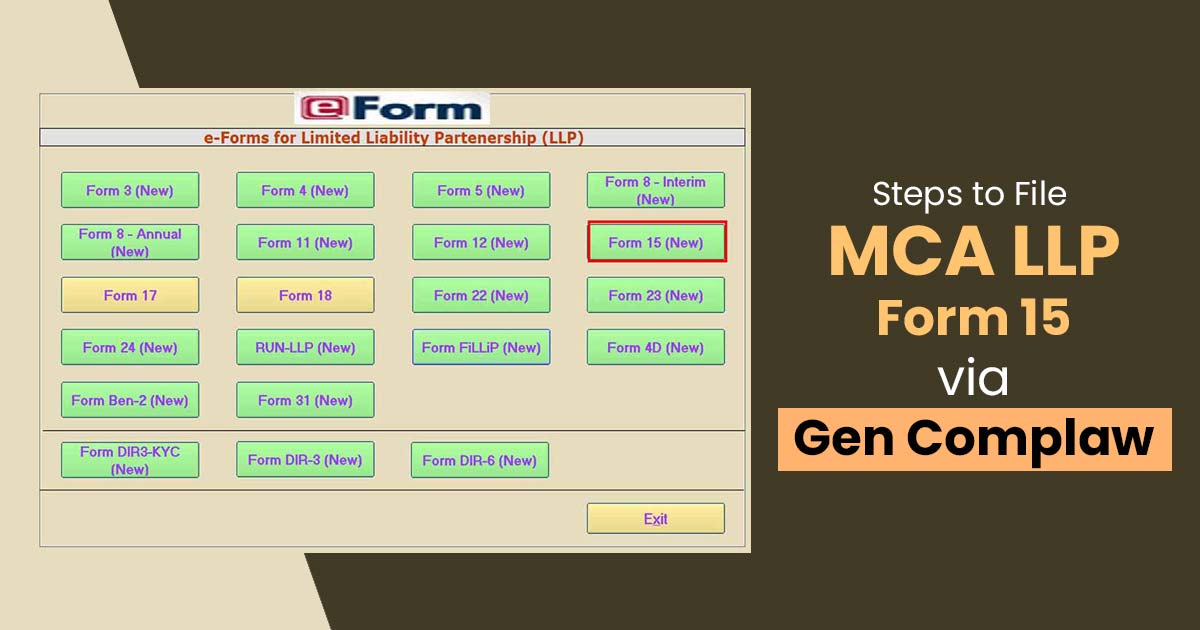
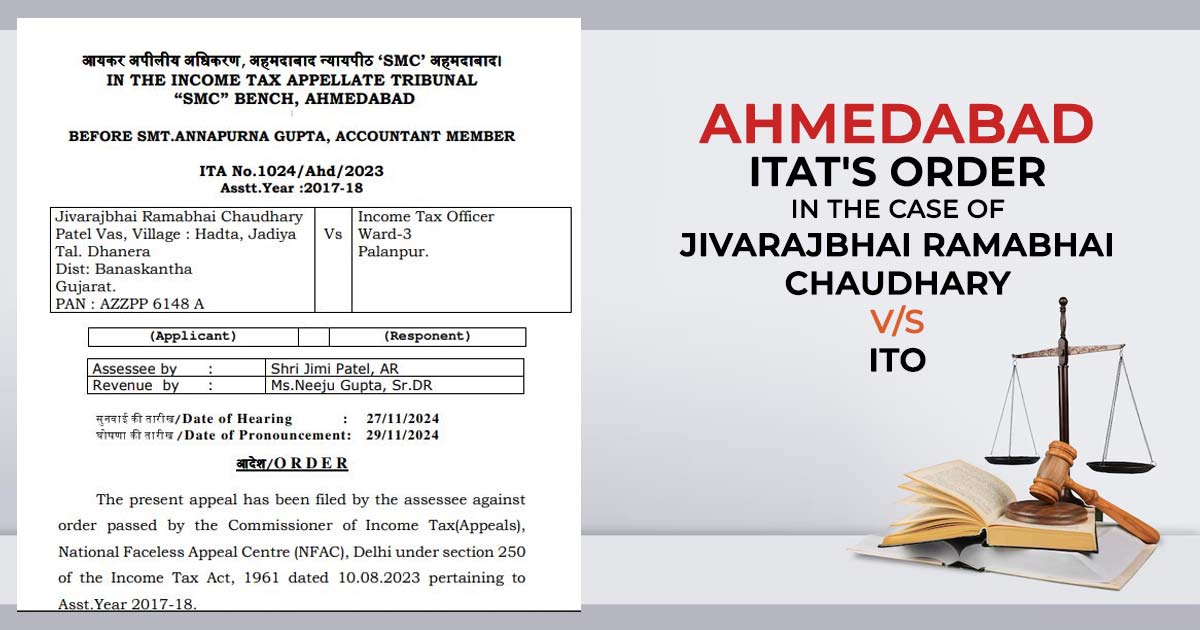
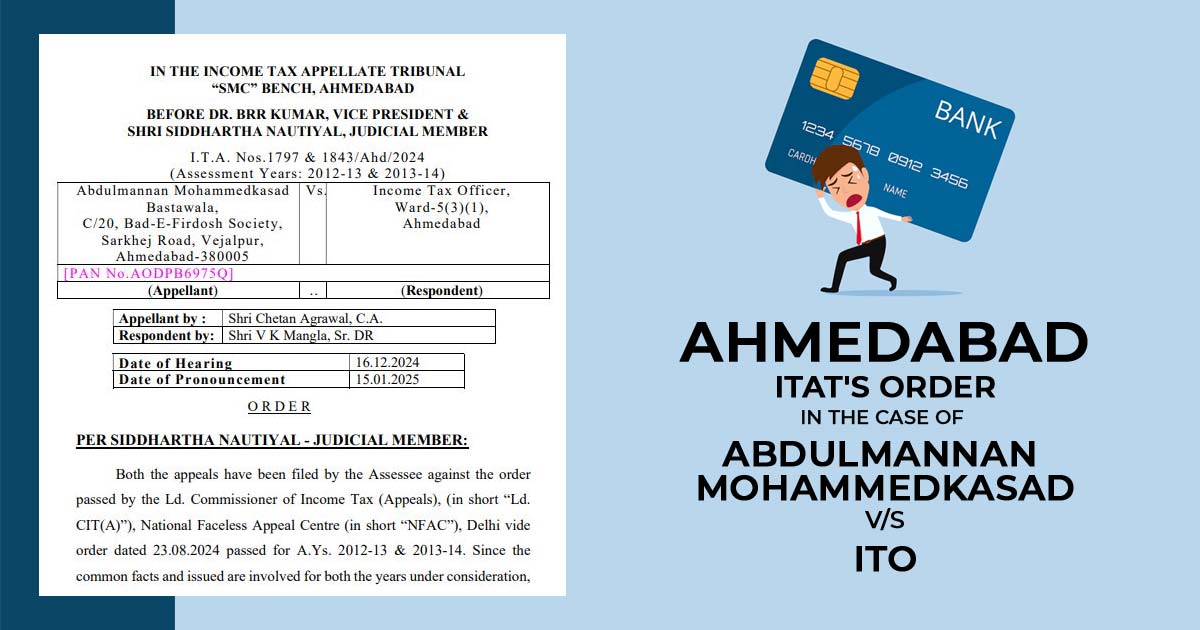
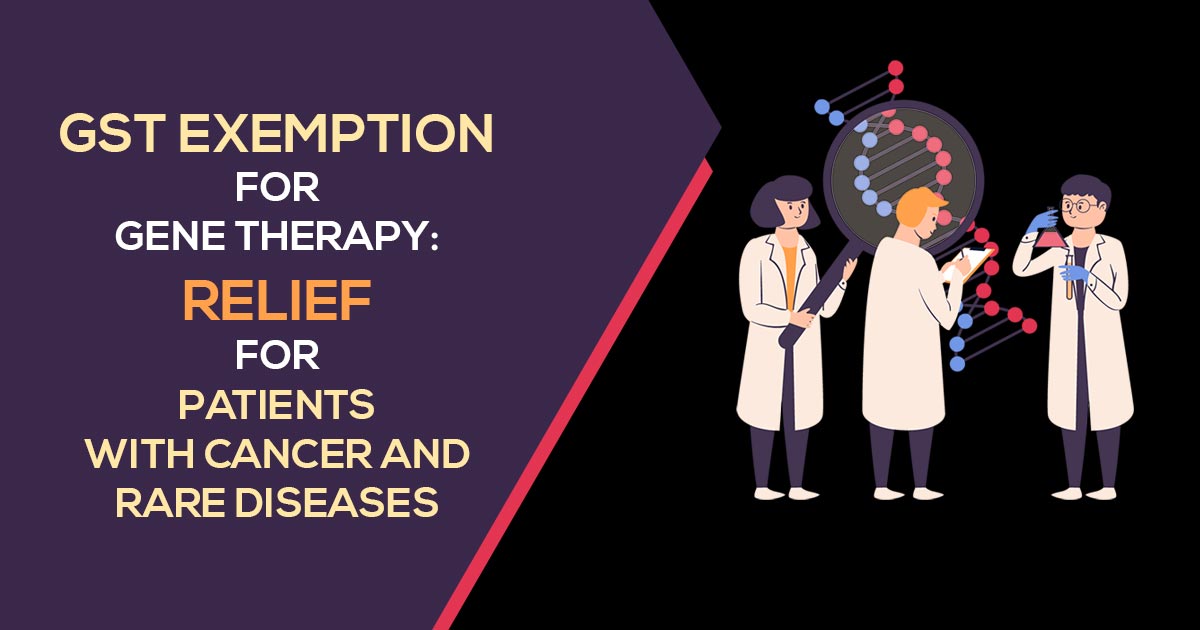

Can you kindly mention the source of the tables shown in the article, which document or website you referred to as I need them?
Sorry,
I think the table is self made
Require more detailed information in the following separate points/categories… the influence of GST.
1. OEMs
2. Automobile Dealers
3. Auto components manufacturers
4. Auto components after sales
5. Auto components (intermediate) manufactures
6. The above aspects taking as tier 1, tier 2 & tier 3.. and explaining in-depth.
Dr Vijay Bhasker V.
Though it is too early to provide an in-depth analysis of cost per product post-GST implementation, as some ambiguity still remains due to incentives/exemptions provided by different states to the manufacturers/dealers for manufacturing car/bus/bike etc.
This information is different from different websites. So, I’m a bit confused.